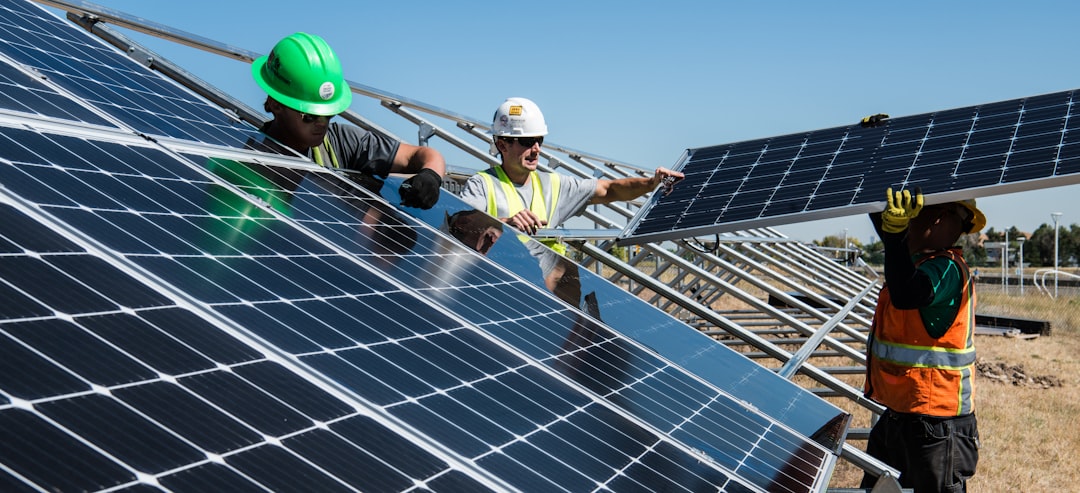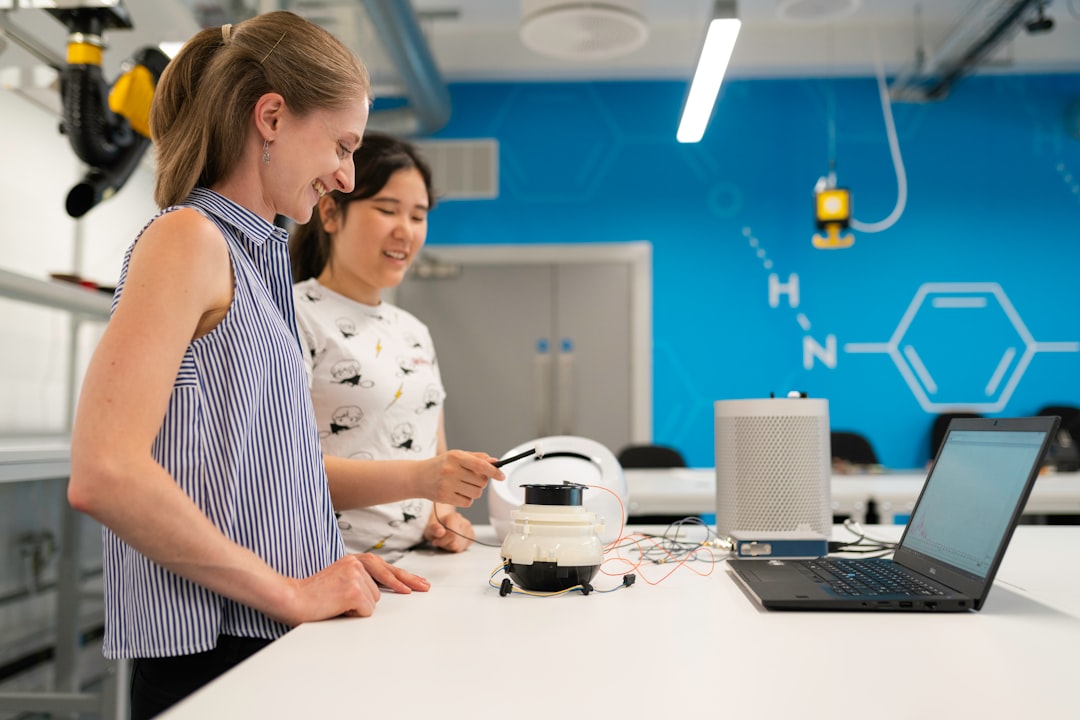What is it about?
An experiment was carried out using a refrigerator model in which heat is transferred by natural convection. This transfer takes place between a cold vertical wall and the other walls, which are exposed to heat losses. The air velocity measurements were undertaken using particle image velocimetry (PIV). Circular airflow was observed in the cavity: air flows downward along the cold wall and upward along the other walls. The maximum air velocity (0.2 m/s) was observed near the bottom of the cold wall. Non-stationary airflow with recir- culation was observed along the horizontal bottom wall of the cavity. Airflow is very weak (<0.04 m/s) at the central zone and it is quasi- stagnant at the top. The velocity profile in the boundary layers of the empty refrigerator model was also investigated. The influence of temperature and surface area of the cold wall on air velocity were studied. It was found that the influence of the cold wall temperature on the air velocity is more significant than the surface area. In order to study the effect of obstacles on velocity profiles, the refrigerator model was filled with four blocks of hollow spheres. The air velocity in the case of filled refrigerator was compared with the results of the empty one. The air velocity is lower almost everywhere in the filled refrigerator model. The presence of the blocks seems to homogenise the air velocity.
Featured Image
Read the Original
This page is a summary of: Experimental study of air flow by natural convection in a closed cavity: Application in a domestic refrigerator, Journal of Food Engineering, April 2008, Elsevier,
DOI: 10.1016/j.jfoodeng.2007.08.023.
You can read the full text:
Contributors
The following have contributed to this page










